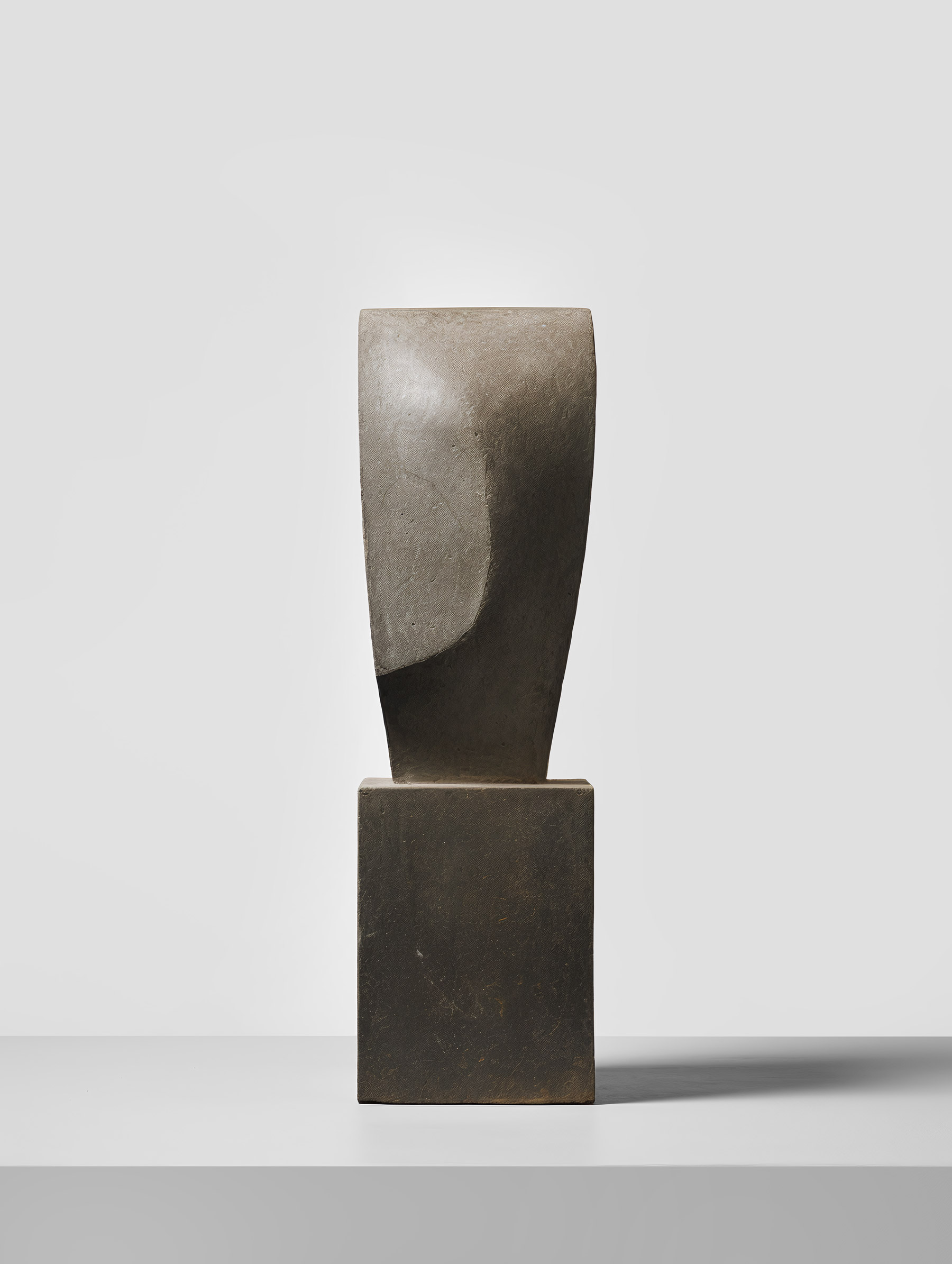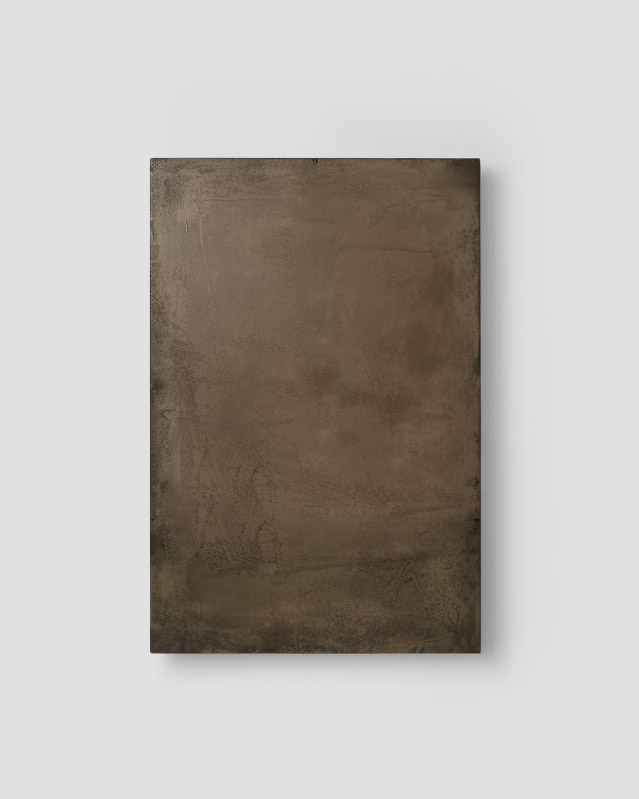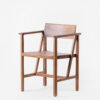The pursuit of abstraction is as old as humanity itself. From prehistoric cave drawings to ancient Greek sculptures of the Cyclades, abstraction is a timeless expression of our human need to break the world down to its essence.
And even today, the appeal of abstraction has a formative influence on the current art market. According to the Artsy Trends Report 2023, abstract painting, with all its facets, is of central importance for galleries worldwide.1
In the 20th century, Abstract Art emerged as an independent, influential and provocative movement within art history. It was significantly influenced by artists such as Wassily Kandinsky, Piet Mondrian, Hilma af Klint and Kazimir Malevich.
But not just in painting, but also in sculpture, there was an increasing turn away from realistic representation. Sculptors like Constantin Brâncuși or Alberto Giacometti strove to capture the essence of their motifs through reduced forms. The abstract sculpture “Torse” from 1925-1926 by Alberto Giacometti demonstrates this in an impressive way. Inspired by Cubism and African art, he challenged the conventions of realism in sculpture with this work, creating his own abstract language.
The artworks of the time did not always meet with positive reactions, however; on the contrary, they were met with rejection. For some, abstract representation was a threat to traditional art. In Germany in particular, abstract and expressionist works led to fierce controversy. The National Socialists defamed many works, including Kandinsky’s watercolor “Abstieg” (“Descent”, 1925) and Otto Freundlich’s sculpture “Der neue Mensch” (1912), as “degenerate art”.2
After the Second World War, the development of Abstract Art continued, particularly in the USA. Artists such as Jackson Pollock and Mark Rothko strove for direct, emotional and, above all, intellectual interaction with the viewer. As a counter-movement to Abstract Expressionism, Minimal Art gained importance in the 1960s as a further movement within Abstract Art. Even today, this style remains a unique testimony to artistic freedom, despite the wide variety of approaches.
So where does this deeply rooted human desire or need for abstraction come from? Could it perhaps even be the essence of our artistic expression?
Simplicity is not an end in art, but we usually arrive at simplicity as we approach the true sense of things.
Constantin Brâncuși

Looking for answers
There are various approaches to answering this question. Abstraction offers the artist freedom beyond our perceived reality. By abstracting the physical world, the artist can express subjective experiences, feelings or complex ideas in a simplified way that would otherwise be difficult to depict. Abstraction thus becomes a tool for expressing and communicating inner states or spiritual concepts.
Culturally, the need for abstraction, especially in the early 20th century, has often been interpreted as a reaction to the complexity and unrest of the modern world. At a time when traditional values and structures were disintegrating, abstraction became a way out for many to find individual artistic expression and rebel against established norms. The German painter Paul Klee wrote in his diary in 1915: “The more horrifying the world becomes, the more art becomes abstract; while a world at peace produces realistic art.”3
Another interesting approach to answering my question could be studies on the perception of art. Petra G. Lengger and her team (2007), for example, found that although viewers preferred abstract and figurative paintings equally, the abstract works evoked more positive emotions. They were less “interesting”, less comprehensible and evoked fewer associations – and yet they were more emotionally appealing.4 This suggests that abstraction resonates with us on a deeper, more emotional, and above all subconscious level, regardless of our intellectual and cultural understanding. Incredibly interesting!
Abstraction as the essence of art?
No matter how diverse the reasons may be, abstraction is a universal and fundamental component of human expression. But does that make abstraction the essence of art? Well, I think I will probably have to leave that question unanswered. It is not only a style but also a reflection of human experiences and feelings. It is a fundamental, deep-rooted need of humanity.
Various research results indicate that Abstract Art is less easy to understand, but still evokes stronger emotional reactions than Figurative Art. It therefore speaks to us on a deeper, subconscious level that is independent of our cognitive perception or cultural education.
History has shown that abstraction in art is an enduring force that continues to manifest itself in new forms and styles. In the future, artists will surely continue to look for new ways to explore deeper emotional and philosophical questions through abstraction. So it will probably stand the test of time. Perhaps it is the essence of art after all? What do you think?
Further Reading
- https://www.artsy.net/article/artsy-editorial-art-industry-trends-2023
- https://en.wikipedia.org/wiki/Degenerate_art
- https://en.wikiquote.org/wiki/Paul_Klee
- https://www.frontiersin.org/articles/10.3389/fnhum.2014.00085/full and https://www.sciencedirect.com/science/article/abs/pii/S0006899307010578?via%3Dihub
Interesting Read
- https://www.srf.ch/kultur/kunst/wochenende-kunst/praehistorische-kunst-die-picassos-der-steinzeit
- https://www.deutschlandfunk.de/die-suche-nach-dem-wesentlichen-100.html
- https://medium.com/signifier/driven-to-abstraction-332fb2d1e3ff
- https://de.wikipedia.org/wiki/Abstrakte_Kunst
About Exploring Aesthetics:
Sarah loves asking questions and exploring the things she engages with on a daily basis. Exploring aesthetics is her column which discusses art, design, and aesthetics to explore, inspire, and question the status quo.



